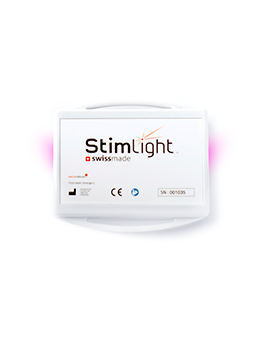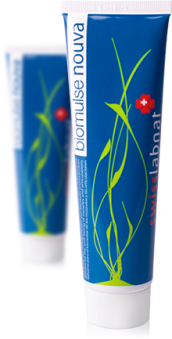knee pain
Knee pain when going up or down stairs are the most common symptoms. Moderate joint stiffness is evident.
As with the back, there are several types of pain depending on their location, their appearance (during or after exercise) or their duration.
Patellar-thighbone syndrome
The pain occurs around the kneecap and begins to appear after exertion before intensifying and becoming constant if left untreated. It is often caused by repeated movements during physical activity (running, cycling, rowing, etc.).
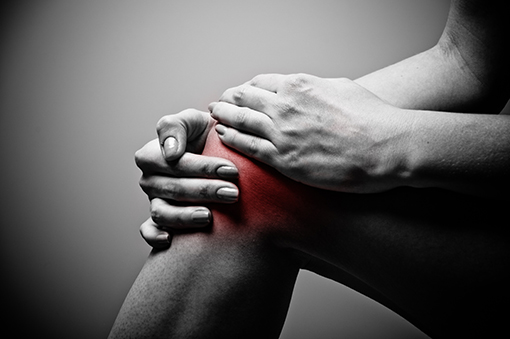
A sensation of crackling in the patella is most often described and the pain intensifies during prolonged sitting in the absence of space to extend the leg, this is then referred to as a “cinema sign”. We sometimes observe a drop in joint tone, then causing a sudden relaxation of the knee while we are resting on it, the pain then tends to increase on the stairs and in the squatting position.
swisslabnat has developed formulas based on the synergy of several essential oils combining their anti-inflammatory properties with their analgesic power for a more powerful and always natural effectiveness.
It is advisable to consult a doctor who will assess whether x-rays are necessary.
Iliotibial band friction syndrome
Here the pain is located in the outer part of the knee and is more rarely associated with pain in the hip. Physical activity intensifies the pain, which becomes greater on the way down than on the way up.
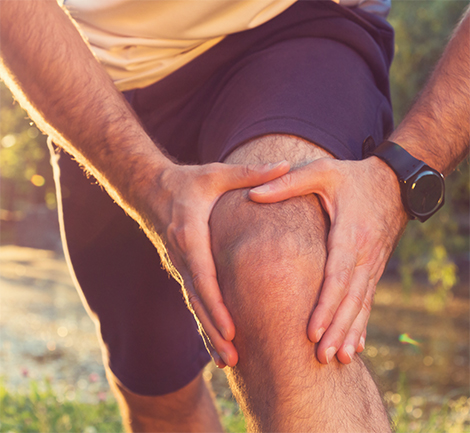
This pathology, very common among runners, cyclists and hikers, is nicknamed “windshield wiper syndrome” because of the action of the ilio-tibial strip which slips under the external condyle. like a windscreen wiper with each flexion of the kneecap. It is this conflict between the iliotibial band and the external condyle which causes pain on exertion, whereas it disappears completely at rest.
swisslabnat has developed formulas based on the synergy of several essential oils combining their anti-inflammatory properties with their analgesic power for a more powerful and always natural effectiveness.
Bursitis
We speak of bursitis when we notice swelling at the front of the knee between the skin and the patella after a trauma. The pain, often sharp at the time of the shock, generally passes quickly. However, there is discomfort in the genuflexion position in cases of chronic bursitis and when the bursa formed by the swelling has thickened.
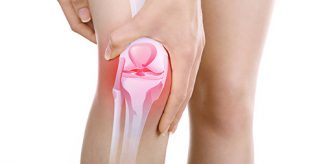
In each of these cases, it is advisable to consult a doctor who will assess whether a specific treatment (infiltration, cryotherapy, rehabilitation, mesotherapy) is necessary.
The duration of the acute phase of the pain varies from 7 to 10 days, resting the knee is strongly recommended in order to avoid movements that would lead to possible lesions. Care should be taken, however, not to prolong the duration of inactivity too much so as not to cause stiffness in the already painful joint and to avoid reducing the muscle strength necessary for the stability of the patella. The action of cold is effective the first 3 days as well as taking analgesics and anti-inflammatories.
swisslabnat has developed formulas based on the synergy of several essential oils combining their anti-inflammatory properties with their analgesic power for a more powerful and always natural effectiveness.
Some products that might interest you
Ciserbe Nouva TM
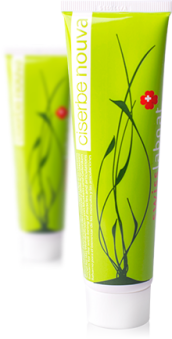
Relieves joint and muscle pain, the feeling of heavy legs and soothes irritated skin.
